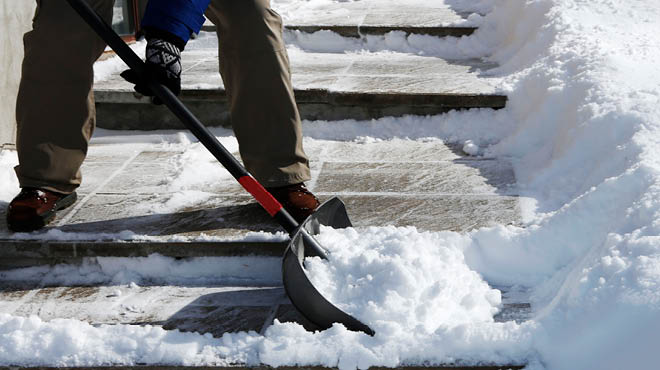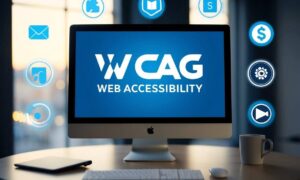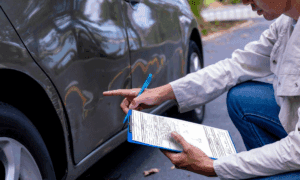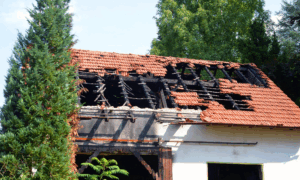Introduction
Winter weather presents challenges for everyone, but for individuals with disabilities, snow and ice can turn outdoor navigation into a dangerous task. While most snow removal efforts focus on clearing main roads and residential driveways, accessibility concerns are often overlooked. Ensuring inclusive, navigable spaces during snowy months is critical for maintaining equal access to homes, public places, and essential services.
The foundation of winter accessibility begins with intentional snow shoveling strategies that address the needs of people using mobility aids such as wheelchairs, canes, or walkers. For these individuals, even a small patch of snow or ice can present a serious barrier. Rethinking snow removal—from layout and timing to prioritization and materials—can make a significant difference.
Creating an accessible winter environment is about more than complying with regulations; it’s about equity. When snow builds up around curb cuts, ramps, sidewalks, and entrances, it limits freedom of movement. Snow removal service providers and property managers must recognize that accessibility should remain a priority throughout the winter season.
Clearing Pathways for Accessibility
Many snow shoveling routines create narrow paths suitable for foot traffic but not for mobility aids. Wheelchairs generally require a minimum clearance width of 36 inches, with extra space needed for turning or maneuvering. Walkways should be cleared with these standards in mind, extending beyond main entrances to include ramps, side doors, and emergency exits.
Maintaining Safe and Stable Surfaces
A cleared path can still be unsafe if snow has been packed into uneven or icy layers. This is particularly hazardous for individuals using canes or walkers, who depend on surface stability. Removing snow down to the pavement and applying de-icing agents is essential. The choice of de-icer matters as well—some products can damage mobility equipment or increase slip risks if over-applied.
The Importance of Timely Snow Removal
For many individuals with disabilities, daily schedules depend on transportation services or caregiver assistance. Delays in snow removal can disrupt access to medical appointments, workplaces, or community activities. Prioritizing snow clearance in high-accessibility areas ensures that these disruptions are minimized.
Ensuring Safe Entry Points
Building entrances—especially ramps—require extra attention. Ramps are often steeper than standard walkways, making them more hazardous when snow or ice is present. Handrails should be kept clear of snow for both grip and visibility, as covered rails can confuse or disorient people with limited vision or balance.
Public and commercial spaces have a responsibility to ensure that customers and visitors can enter safely. For example, accessible parking spaces need more than plowing—they require space for unloading mobility devices. Snow Shovelers emphasizes awareness of these spatial needs, ensuring snow removal plans account for real-world accessibility requirements.
Strategic Snow Placement
Improperly placed snow piles can block access to curb ramps, building entrances, or parking spaces. Even if walkways are clear, misplaced snow can make them unusable. Snow should be stored in areas that do not obstruct accessible routes.
Lighting and Visibility Considerations
Shorter daylight hours and overcast winter skies can make snow-covered areas appear flat and featureless. This can make it difficult for individuals with visual impairments to detect changes in elevation or walkway edges. Snow removal should be paired with adequate lighting to maintain visibility along accessible paths.
Residential Accessibility Beyond the Front Walk
Accessibility should extend to all necessary areas in residential settings. Mailboxes, trash collection sites, and transportation pickup points must remain clear. In shared housing or senior living facilities, communal paths and ramps should be prioritized to maintain independence and safety for residents.
Community Awareness and Education
Improving winter accessibility is also a matter of awareness. Neighbors, landlords, and local authorities must understand that snow removal for accessibility is not just a courtesy—it’s a civil rights issue. Educating communities about the daily challenges faced by individuals with mobility limitations can inspire more inclusive snow removal practices.
Practical Steps to Improve Winter Accessibility
Property owners and service providers can take proactive measures to enhance accessibility, such as:
- Using high-contrast markers to indicate path edges or ramp locations under snow.
- Installing handrails along extended walkways or sloped driveways.
- Designating snow storage zones that avoid blocking accessible areas.
- Keeping salt or de-icer near entrances and monitoring for refreeze.
- Using textured or rubberized mats at entryways to reduce indoor slipping.
Communication as Part of Accessibility
Clear communication supports accessibility. Notifying residents or customers about snow removal schedules, which routes are accessible, and who to contact for urgent requests provides reassurance and autonomy for individuals with disabilities.
Conclusion
Creating winter-ready environments doesn’t require advanced technology—just thoughtful, inclusive snow removal practices. Considering the unique needs of individuals with disabilities leads to safer, more dignified access for all. With companies like Snow Shovelers prioritizing responsible and inclusive snow shoveling strategies, communities can make winter accessibility the norm rather than the exception.
Read More From Techbullion



































